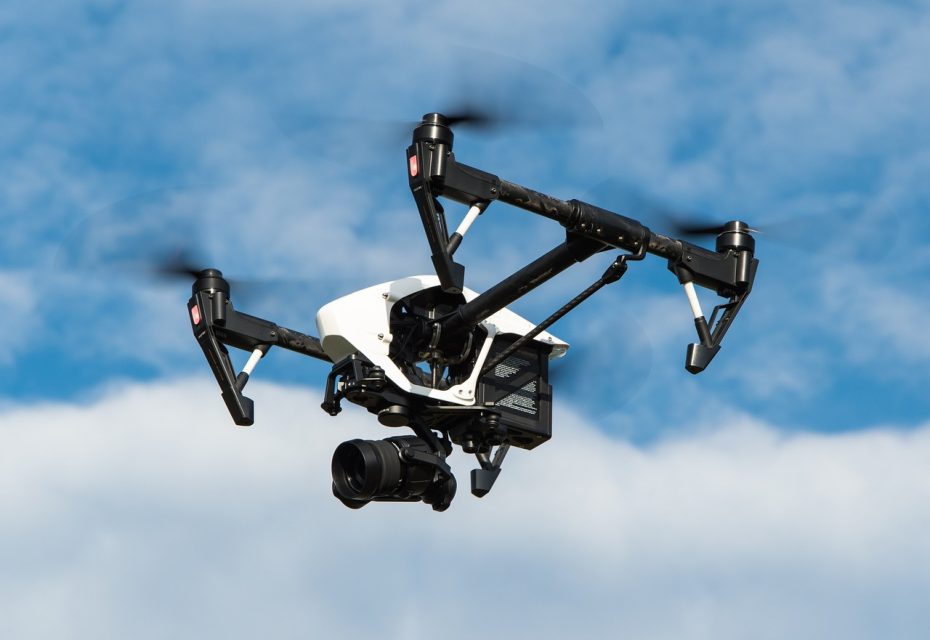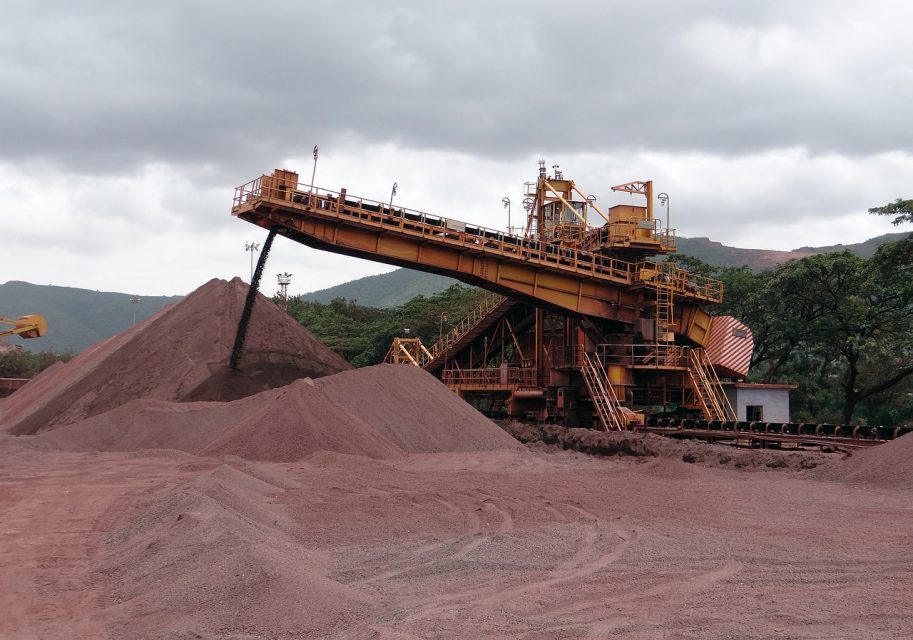The construction industry is one of the largest businesses in the world, employing millions of people who make trillions of dollars worth of buildings each year. Nevertheless, the industry is still pretty slow to implement innovations in the way they are doing business, despite facing a shortage of skilled workers and weak productivity growth.
Not to mention that the construction industry generates a huge amount of waste, concerning both physical materials and human productivity. Some say that the main reason for stagnation in the construction industry is a stubborn refusal to adopt new technologies, above all automation. We will try to point out all the ways automation changes the construction industry for the better.

Drones
The construction industry is already facing a shortage of workers, as many companies keep employing human resources on secondary tasks, which could be easily done by automated machines. For example, a site inspection is a task that would be easily managed with the help of drones.
Drones are optimal devices for conducting site inspections, especially in huge construction sites. A human inspector, or even more of them, would spend days inspecting the structure and estimating levels of safety and progress.
One drone pilot could easily do the work of an entire team of inspectors on site, without risking safety. Except for inspection, drones can be used for inventory management. A drone equipped with a camera and laser scan can save a significant amount of time and cost to the company. Drones will allow the construction industry to employ human resources where they are needed most.
Prefabricated Projects
Prefabricated homes are the next big step in construction. Usage of modern technologies including the assembly lines improves productivity and reduces cost greatly. Not to mention the increased quality of production, which leads to the consistent improvement of the final product. Prefabricated constructions are built in special warehouses, they require less material and produce less waste.
Furthermore, almost all the work is made in one place, save from installation. Factory made projects are the potential solver of worker shortages because they increase the efficiency of a worker. The process is also way faster and less time and money consuming. The whole 16% of Japanese houses were built using prefabrication techniques, while Swedish have as much as 40%.
Robotic applications
As one of the measures to combat the shortage of human workforce, companies are investing millions into developing robots for construction sites. Replacing human workers with robots will greatly increase productivity and efficiency in the construction business.
Leading construction companies are trying to invent new methods that will make a revolution in conducting the construction business in the upcoming decades. For example, a recently released robotic worker known as SAM 100, which is an abbreviation for Semi-Automated Mason, is capable of laying over 2000 bricks daily, while even the most skilled workers lay around 400.

Specific autonomous equipment
However, robots are not the only example of automated technology for construction. A lot of autonomous technology is being tested and implemented on construction sites. There is one big advantage of construction sites, and that’s the fact they are closed for public traffic and pedestrians, so various autonomous vehicles can be tested.
Except for vehicles, there are many other ways to transport materials in various states. You can manipulate by construction material by various types of conveyors, which are produced by specific companies such as Belle Banne. The help of specialized autonomous equipment is not only the way to reduce the cost but also enables companies to grow and take on more work that they would have to turn down otherwise due to the shortage of skilled workers.
Altering the workforce
Two main factors for embracing autonomous heavy equipment by the construction industry are labour shortage and safety. The vast majority of contractors complain that the amount of work is too much they can handle with the current number of skilled workers. With the automation introduced, a lot of physical workers are altering their jobs into operators.
There is always a suspicion about new technology, mostly that it will cause a lot of people to lose their jobs, but considering the frequency of work-related injuries and the risky environment in construction, this change is more than welcome for the overall well being of workers.
Conclusion
Automation is one of the most important parts of the construction industry. Its implementation saves a lot of work, increases efficiency and makes the workplace safer. It remains to be seen what are all the ways the automation will change the construction, but thus far the progress within the working process is evident.

